Same Day Shipping EMI & COD on most products
Trusted Partner Since 1969
GST B2B Billing  Help
Help  00919699976817
00919699976817
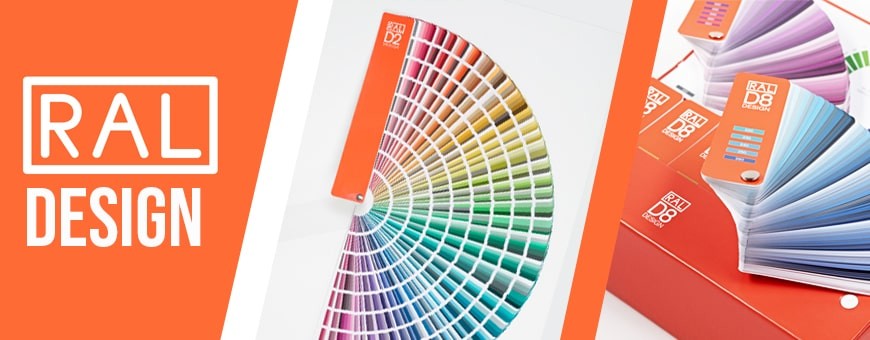
Showing all 5 results
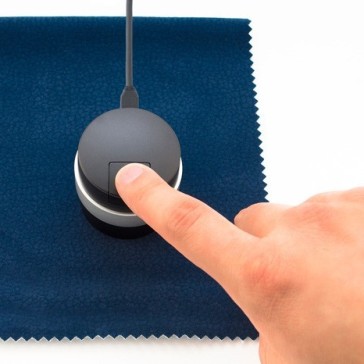
![RAL D2 Colour Fan Deck DESIGN 1,825 [2022 Edition]](https://www.designinfo.in/wp-content/uploads/nc/p/1/2/0/120-364x364-optimized.jpg)
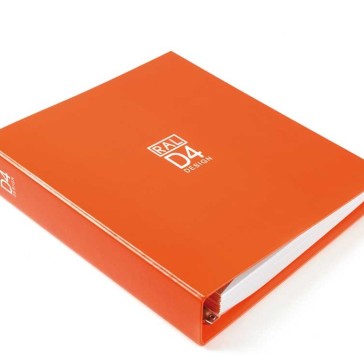
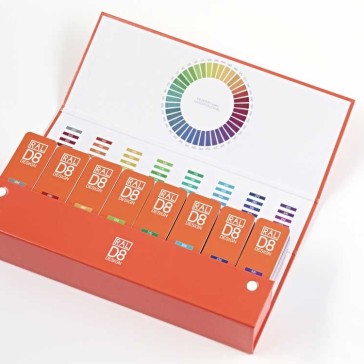
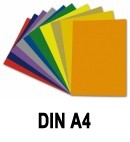
RAL Design Official Channel Partner for India
RAL Design has been developed for sophisticated colour design and is the standard for architects, designers and advertising agencies. With its methodically arranged, colour metric defined colour shades the RAL Design System is the perfect instrument for colour design. Since its debut in 1993 RAL Design has become the top choice for creative colour design, especially when requiring a multitude of colour nuances.
THE VISUALIZED INTERNATIONAL CIE-COLOUR SPACE
The colours of the RAL DESIGN SYSTEM plus are organised systematically in Hue, Lightness and Chroma values.Fig. 1 shows the spatial building of the RAL DESIGN SYSTEM plus. Following the sequence of the colour spectrum, the hues are organised in a circle. The designations correspond with the angles. Red can be found at 0° (= 360°), yellow at 90°, green at 180° and blue at 270° (fig. 3). The different values of lightness that are possible within each hue are arranged in various levels. Fig. 4 shows one of these levels. The non-chromatic axis (fig. 2) runs through its centre. This axis is synonymous with the scale for lightness. The non-chromatic axis starts with 0 at the bottom showing black, followed by continuously lighter greys ending with 100 on top. The term of Chroma is being illustrated in figure 4. The Chroma of a colour is the intensity of its colouring. It increases gradually starting at the central non-chromatic axis and ending outside. Its value on the axis is zero.
The structure of the RAL D2 DESIGN SYSTEM plus is not arbitrary. It follows an internationally used colour measurement system laid down by CIE (Commission International d´Eclairage) in 1976. The colour distances between the individual colours are defined by the CIELAB-colour distance formula. They are also embedded in DIN 6174.ç
Explore the latest design colors of RAL with 1625 colors, a must for all designers in home furnishing industry. A top choice for creative designing with hassle free color matching in all chemicals, dyes and coatings.
There are 1825 colors in the RAL Design System plus series. New Colors are updated in 3 to 5 years.
The RAL D2 has design system colors in a FAN Guide shade which is portable but the RAL D4 has the same colors in A4 size in a journal format.



Most units are shipped same day using professional courier services with tracking.
We work round the clock to ensure you get the highest level of customer satisfaction.
Well packed, Sealed Units are shipped from our warehouse which are waterpoof & sturdy.
Design Info
GST: 27AYUPJ2628P1ZK
No.1, Saremals, Shastri Hall Building,
Nana Chowk, Grant Road West,
Mumbai 400007, Maharashtra, India
New Delhi Branch – South Ex 2, 110049
Also Ships DAILY from Brisbane, Dubai,
Berlin, Barcelona, Detroit & Vancouver.
Connect online / schedule a demo
Call/WhatsApp: +91-9699976817
Email: [email protected]
Live Chat: Business Hours
Follow Us: @designinfo.in
Copyright © 2014-2022 Design Info All Rights Reserved. Feedback on web experience
Since 1969